Ice dams are a common problem for homeowners in colder climates. They can cause severe damage if not taken care of right away, so it’s essential to be aware of how to prevent ice dams before they happen.
Check Your Gutters
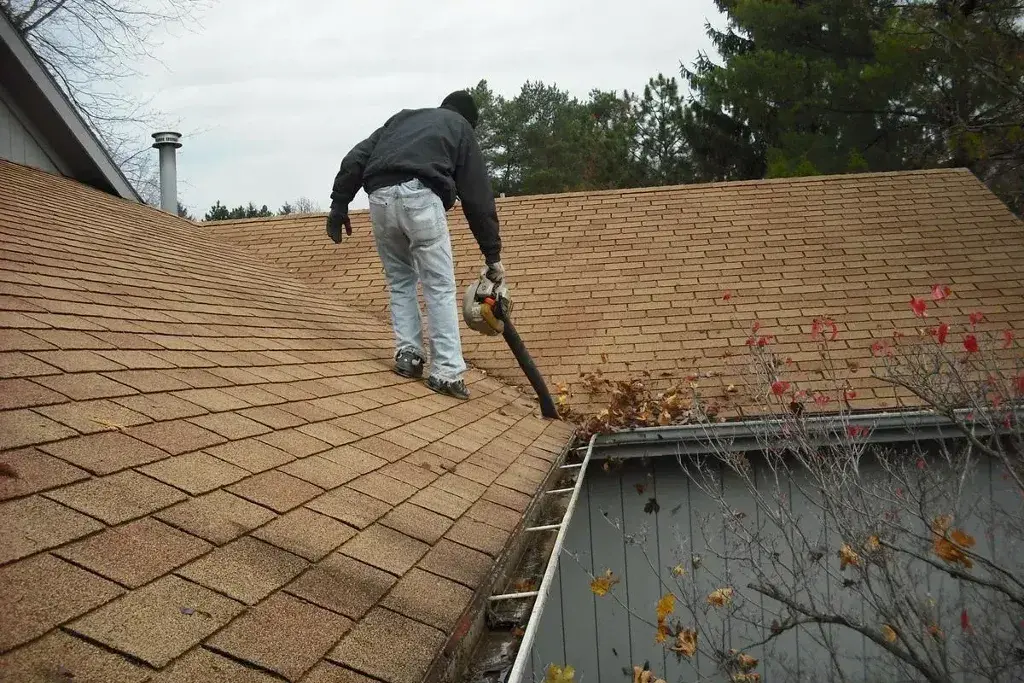
If you have an ice dam on your roof, there are several things you can do to prevent it from happening again. First and foremost, maintaining your home’s gutters throughout winter is essential. Remove any snow or ice that may have accumulated and ensure they’re free from debris so water can drain freely.
Ensure all gutters are appropriately sized for the amount of precipitation that flows through them; if necessary, adjust their size before winter sets in so they’re ready for use when cold weather arrives. You should also keep an eye out for leaks around windows or doors where ice dams tend to form–these leaks could be contributing to problems with drainage inside and outside the house!
Hard Freezes
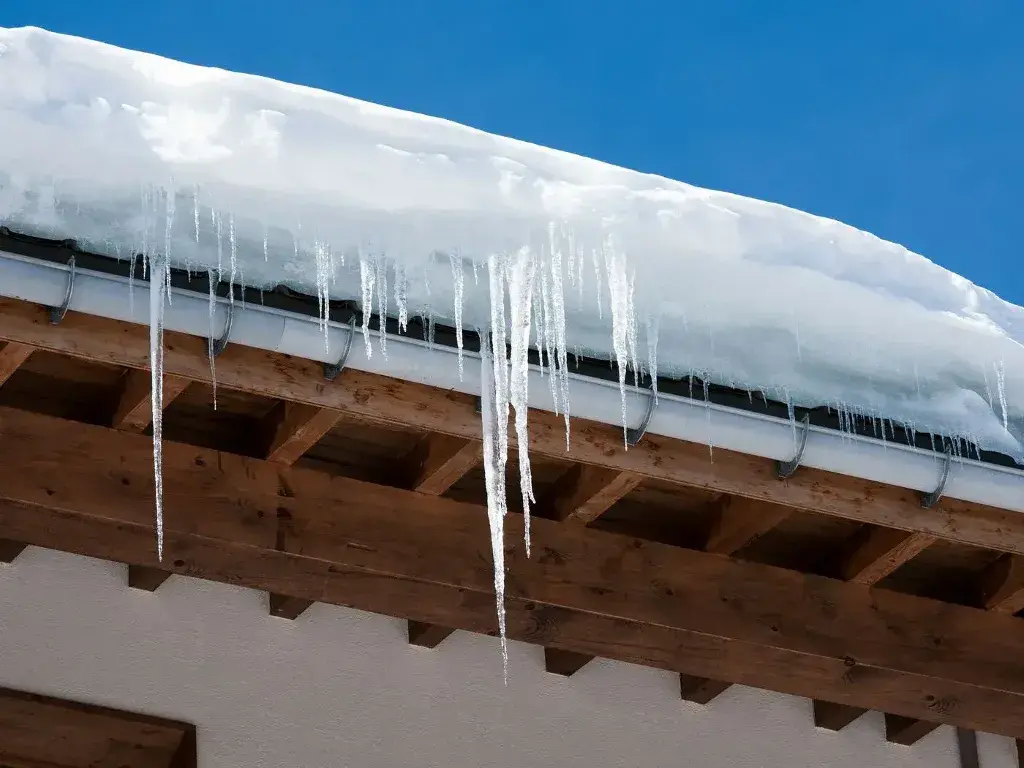
If you have a hard freeze, clean the shingles around your attic vents so there is no chance of ice dams forming. Snow and ice can block gutters and venting areas and prevent heat from escaping, leading to ice dams. If you have trees close to your home, consider trimming back their branches or removing them if necessary.
Insulating Your Attic

Adding insulation to your attic is a good idea, as it can help reduce heat loss through the roof. This can help prevent snow buildup and subsequent ice dam formation.
Insulating walls will also help keep cool air during hot summer months, which means less chance of condensation forming on them when temperatures drop again in wintertime (and thus fewer ice dams).
Consider adding insulation into walls or crawlspaces if not insulated; this will help keep warm air from escaping out of these areas into colder parts of your home where it could cause moisture problems with pipes or foundation walls. If you have an unfinished garage, adding adequate insulation will prevent heat from escaping into open spaces around doors and windows–a common problem for many homeowners who park cars there during winter months!
Install Heat Cables
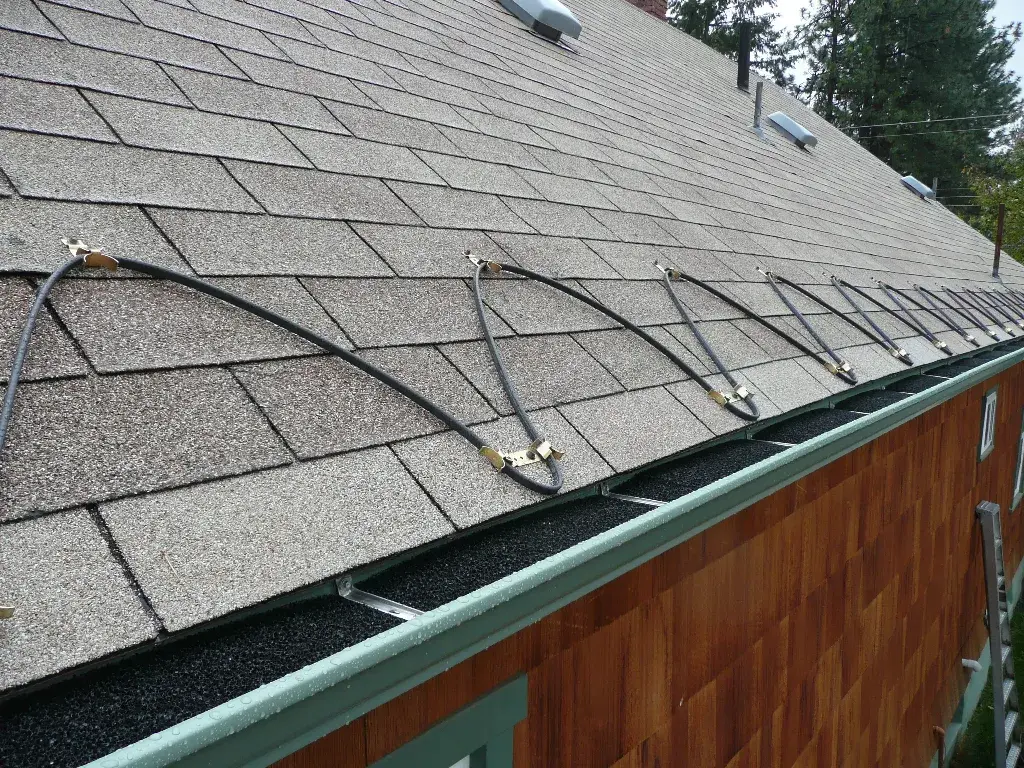
Heat cables can also be installed along the eaves to prevent ice dams from forming. These cables are designed to heat up and melt any snow that accumulates on the roof, allowing water to drain off the roof without refreezing at the eaves. However, this solution can be costly, and it may not be the most energy-efficient way to prevent ice dams.
Use Ice Melt Products
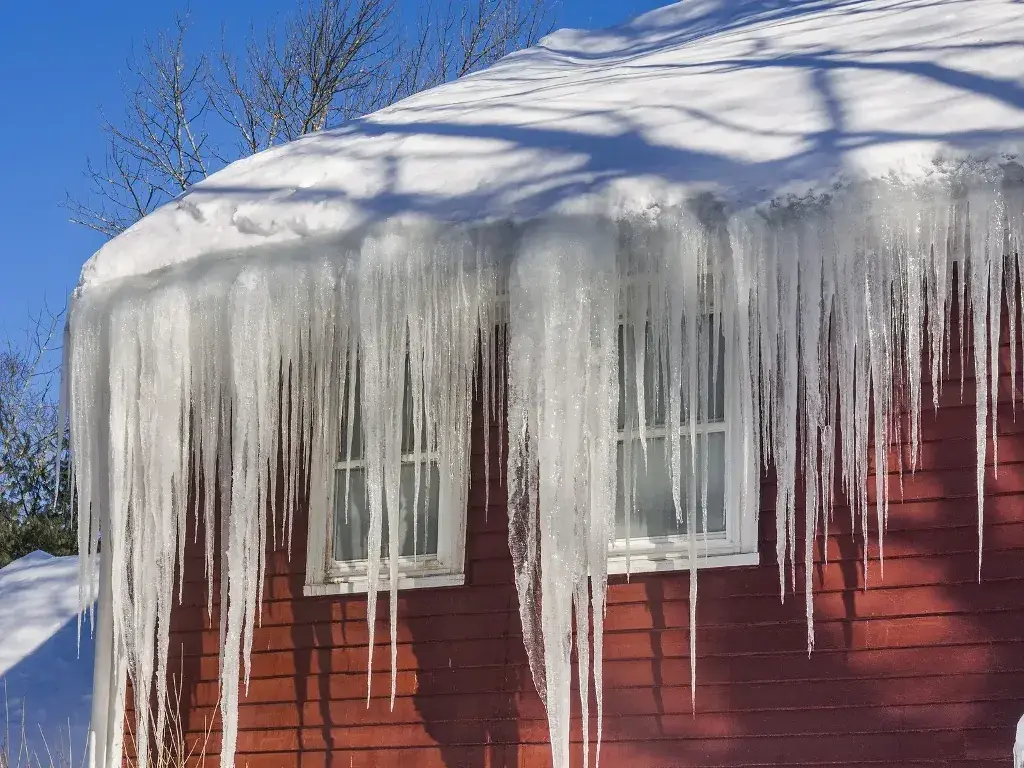
Ice melt products can also be used to prevent ice dams. These products are designed to melt the ice and snow on the roof, allowing water to drain off without refreezing the eaves. However, it’s essential to use these products carefully, as they can damage your roof and gutters if used excessively.
Trees Close to Your Home
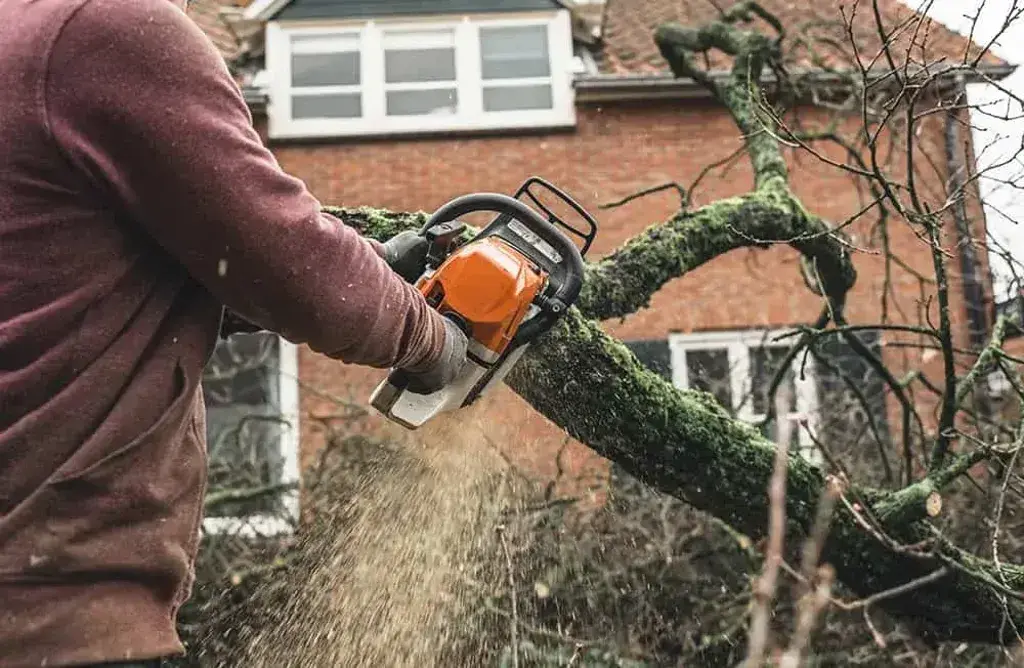
If you have trees close to your home, consider trimming back their branches or removing them altogether if necessary; branches can act as pathways for water infiltration into your roof, resulting in ice dam formation or leaks inside the home itself.
If you have a problem with ice dams and don’t want to remove any trees on your property, try cleaning off any snow that accumulates on them during winter months so it doesn’t melt and trickle down into the gutters below.
This is especially important if there’s already an existing layer of ice forming on top of these surfaces. The more layers there are underneath those ones (i.e., two inches versus one inch), the harder it will be for heat from within homes/buildings to be absorbed through windows/doors near ground-level levels.
This is the place where temperatures fluctuate most frequently throughout seasons based upon weather conditions outside our control. This includes wind speed (which determines how much moisture gets blown around) versus humidity levels associated with humidity indexes calculated by meteorologists.
It is those who work as part of teams dedicated solely to predicting future outcomes. This is based upon current trends observed worldwide today compared against historical patterns recorded over periods spanning centuries past.
Ice Dam Prevention
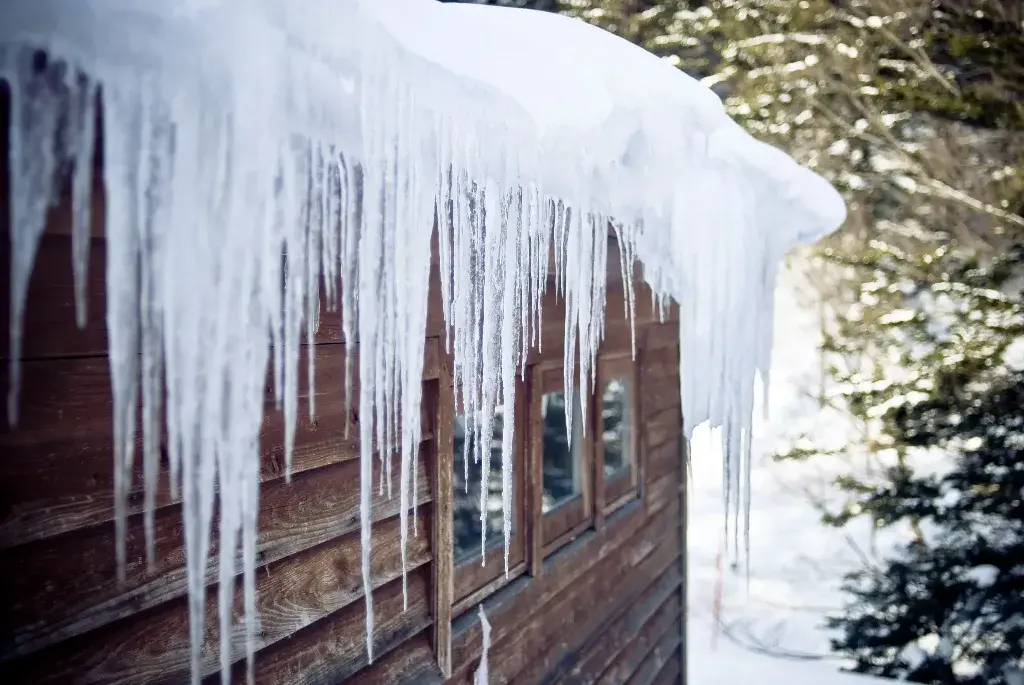
You can prevent ice dams from forming by clearing away snow early and not blocking gutters or venting areas with snow piled high. You can also use a roof rake to clear snow from the roof.
In conclusion, ice dams are a common problem that can be easily prevented by taking some simple steps. If you have any questions about how to prevent ice dams or think your home might be in danger of having them form on its roof, contact us today!
In case you missed it!

